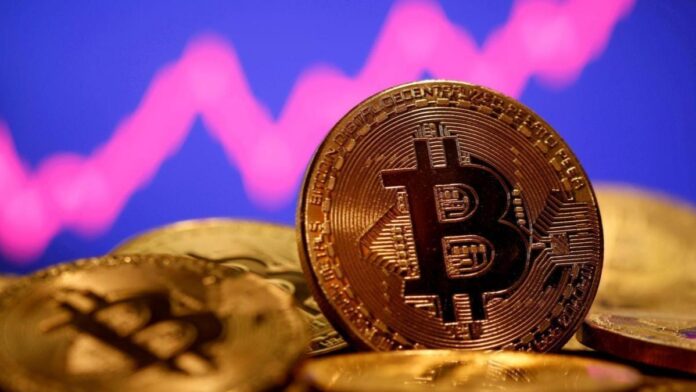Investors seek assets to protect and grow their wealth, often choosing investments that retain value, appreciate over time, or generate passive incomes such as interest from bank deposits and bonds or dividends from stocks. This is crucial because inflation continuously erodes the purchasing power of money.
In my previous article, I explored why investors should consider Bitcoin and cryptocurrencies as an asset class. The primary reason is the return on investment—over the past 15 years, no other asset class has delivered Bitcoin‘s astronomical gains.
However, intelligent investors don’t buy stocks simply because others praise them or their prices rise. They analyze financial statements, assess business fundamentals, examine revenues, costs, net income, and profit margins, and use present value discounting to determine worth. The same principle applies when investing in Bitcoin or any cryptocurrency—you should strive to understand this emerging asset class before committing your hard-earned money.
ALSO READThese 2 companies just clocked over 200x YoY sales; EBITDA and profits shoot
Bitcoin was created in 2008 by an anonymous entity known as Satoshi Nakamoto, based on the paper Bitcoin: A Peer-to-Peer Electronic Cash System. It is a software program running on a decentralized network of computers worldwide. At its core, Bitcoin is just ones and zeros—digital data distributed across the globe. The vision behind it was for Bitcoin to function as money or currency therefore an understanding of money essential before delving into Bitcoin.
The origin of money
Money is the language of transactions.
Money was not decreed by any government or state just like language; rather, it emerged from the human mind to facilitate trade. Unlike other species, humans can coordinate and transact in vast numbers, whereas animals typically operate in small packs of no more than fifty. Our ability to unite for shared, often abstract causes has enabled us to achieve remarkable feats and even overpower physically superior species.
Money is a virtual construct. To understand this, try offering a monkey a million dollars or ten crore rupees for the banana in its hand—it won’t trade. Now offer a human just five dollars or 400 rupees for their banana—they’ll exchange it instantly.
Let us try to logically understand how money came into existence.
» Read More


